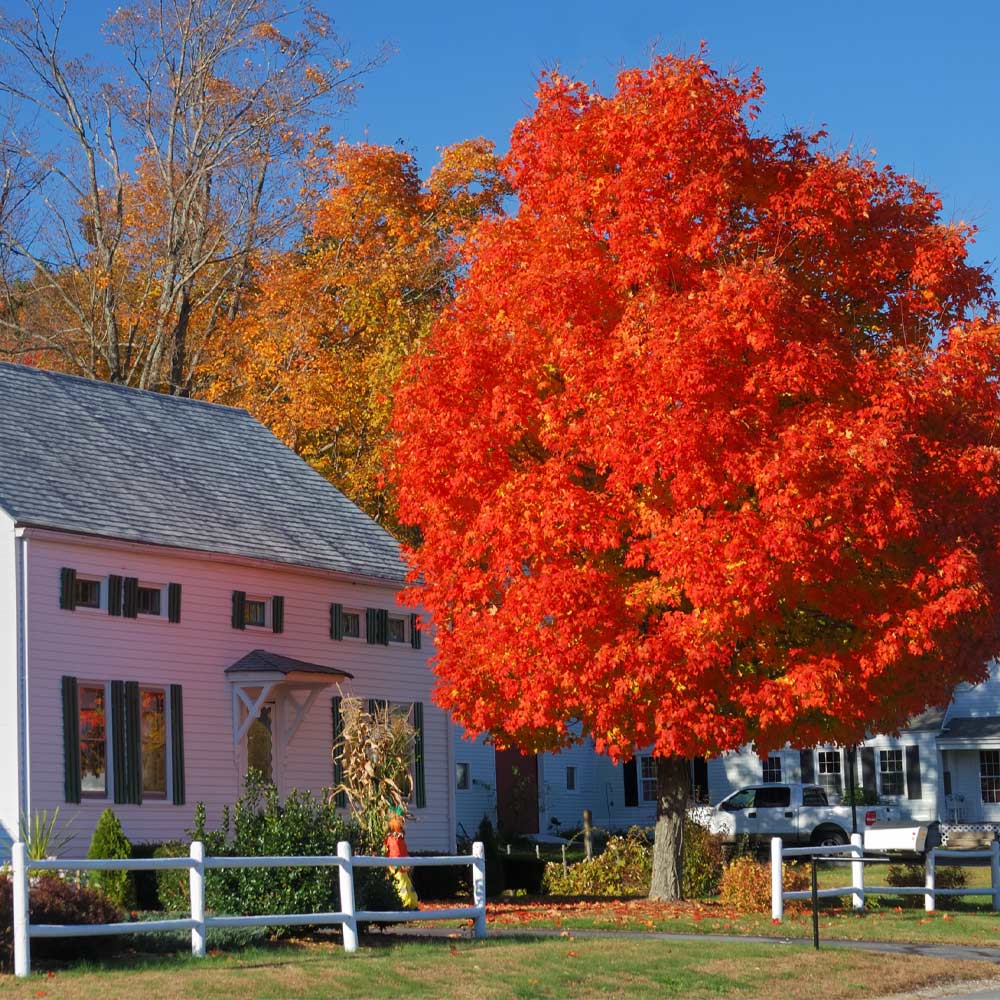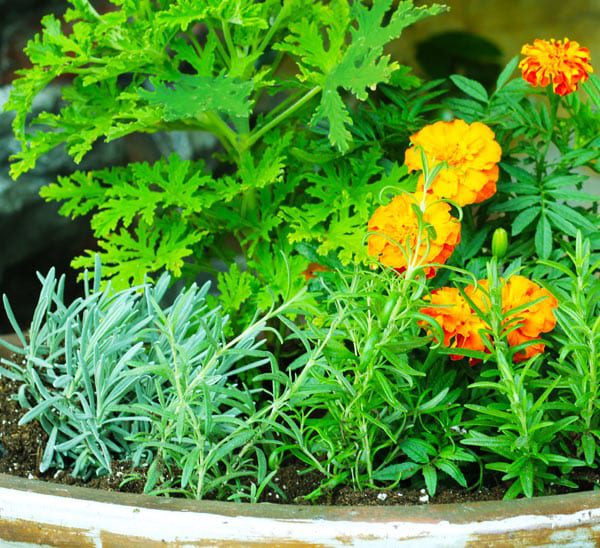Trees and shrubs are important landscape elements. They add decorative curb appeal, create privacy and can even help reduce heating and cooling costs. Here are some ways to choose and site trees and shrubs in your yard. For starters, ask yourself why do you want a tree or shrub? This will help you pick the best species and also help you find out where to plant it. Do you want shade? If so, you need a large leafy tree. Do you want privacy? In that case, a tall hedge would do. Or, do you want to add color to your landscape? In that case, you want a small ornamental flowering tree.
Your Tree Service specialist will be able to help you pick up the right tree or shrub for your needs and let you know which plants work best for your region. The next step is to choose the right location. That means matching the species to the right conditions. Giving it the right amount of moisture and the right amount of light. This Japanese Maple, for instance, likes some moist well-drained soil and part shade so it’s best planted on the east side of the house where it gets afternoon shade or a little protective cover of a large shade tree. Next you need to think about how the trees and shrubs will fill the space. A small tree, something under 25 feet, should be planted at least 8 feet from the house. While large trees, 25 feet and taller, should be at least 15 feet from the house. Also when you’re planting large trees avoid planting them near power lines, sidewalks, and septic systems. If you want to know the ultimate size of the plant, check the plant tag.
Deciduous trees and shrubs lose their leaves in autumn, while evergreen trees keep them year round. You don’t have to choose between one or the other, you can blend them together into a wonderful border like this. And we’re adding a hydrangea here towards the end of this, right next to this juniper. So you can see there will be a contrast of foliage during the growing season, and in the wintertime the evergreens will really stand out. I’m just going to bust a few of the roots up on the bottom, place it in the hole, at the same level it was in the pot, now you can fill in with your soil.
And now we’ll take this nutritious mulch, and add it all around. Next, think about the energy-saving and privacy creating effects of trees and shrubs. Deciduous trees leaf out in summer, so they actually can protect the house from a lot of the sun’s heat and reduce your cooling costs. In wintertime, they lose their leaves and allow the warming light inside the house, which can help with the heating cost. Evergreen trees retain their needles all year so they can offer you privacy, screening and wind protection.
So if you site them on the north or west side of the house, they can actually reduce your heating cost in winter a little bit as well. Consider mixing them both in your landscape for year round interests and energy savings. Trees and shrubs enhance the beauty of you landscape and the value of your home. Choose the right species and plant in the place, and you’ll love your landscape for years to come.
For more information about tree care and service in the Fresno area, contact Tree Service Fresno at (559) 825-0045. For related news about Tree Service Fresno visit this link: https://www.wdfxfox34.com/story/42819468/fresno-tree-service-company-expands-service-area-and-launch-new-services



